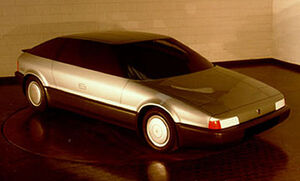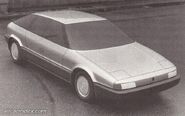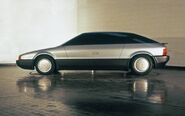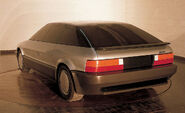
| |
| Lamborghini Marco Polo | |
|---|---|
| Lamborghini | |
| aka | Marco Polo |
| Production | 1982 |
| Class | Concept car |
| Body Style | MR 2+2 coupe |
| Length | 178.5 in (4575 mm) |
| Width | 72.9 in (1870 mm) |
| Height | 50.7 in (1300 mm) |
| Wheelbase | 107.2 in (2750 mm) |
| Weight | |
| Transmission | RWD |
| Engine | |
| Power | |
| Similar | Lamborghini Espada |
| Designer | |
The Lamborghini Marco Polo or ItalDesign Marco Polo was a concept car designed by Italdesign Giugiaro for Lamborghini in 1982. It never even reached the stage of actually being built, only a wooden model was displayed at the 1982 Bologna Motor Show. It was a 2+2 design, intended to be an evolution of the Lamborghini Espada.
It was named after the European explorer Marco Polo.
Gallery[]
External links[]











